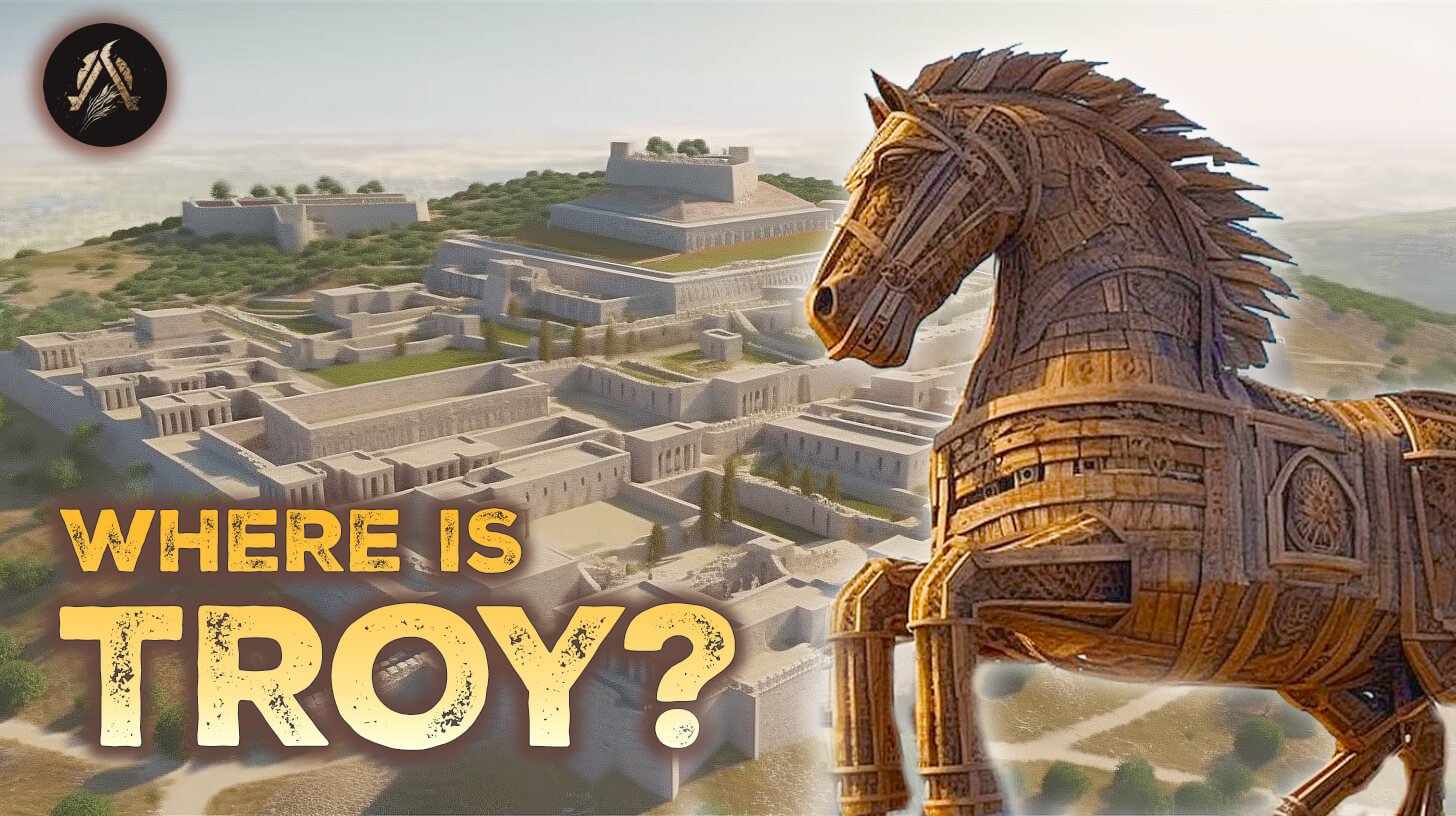BY THE ARCHAEOLOGIST GROUP
Revealing the Secrets of Troy's Golden Age
For a long time, the ruins of Troy have been considered one of the most mysterious and fascinating locations from antiquity. It was in this city, in what is now Turkey, that Homer set the events of the Iliad, one of the most well-known and enduring myths of Western civilization. However, for centuries, academics discounted Troy as little more than a myth, a story conjured up by creative writers. The city's existence and importance were not verified until the nineteenth century, after centuries of speculation.
Heinrich Schliemann, a German archaeologist, traveled to Turkey in 1868 with the firm belief that he would discover the legendary city of Troy, site of the Iliad's battles and other events. It took him years of searching, but he finally found the hill on which he said Troy stood: Hisarlik. His find made waves in the academic community, and subsequent excavations uncovered some of history's most intriguing and puzzling artifacts.
The defensive walls of Troy, which were constructed in several stages over time, were one of the most important structures uncovered in the city. These fortifications were physical reminders of the city's troubled past, which included repeated sieges and assaults by foreign armies. In addition to revealing the city's strategic importance as a hub of ancient trade and commerce, the walls also provided a wealth of information about the city's architecture and engineering.
Schliemann also claimed to have discovered the "Treasure of Priam" in Troy, a hoard of precious metals. It was thought that the treasure, which included elaborate jewelry, was the same one that Homer describes as King Priam's in the Iliad. For decades, scholars have argued over whether or not the treasure is real; some believe Schliemann may have planted it to increase the mystery surrounding his find.
Also contributing to Troy's enduring allure are the city's myths and legends. The beautiful Helen of Troy, who was taken by the Trojan prince Paris, sparked a brutal and bloody war between the Trojans and the Greeks, according to the Iliad. After ten years, the Greeks finally broke through the city walls using the legendary Trojan Horse and defeated the Trojans. For centuries, audiences have been captivated by tales of the Trojan War, which have been retold and reimagined in various forms of art and literature.
Trojan mythology and legends only scratch the surface of the enigmas that surround the city of Troy. Many aspects of the city's history and significance, such as its beginnings and the causes of its decline, are still hotly contested among historians. Some historians date the city's inception to as early as 3000 BCE, while others put it firmly in the 12th century BCE. Some scholars believe that war was responsible for the city's destruction, while others believe that natural disasters or other factors were to blame.
Even though there are still many questions about Troy that have yet to be answered, the city is still considered a major historical landmark. Its importance as a center of trade and commerce has added to our understanding of the ancient world, and its history and mythology continue to inspire and fascinate people today. The finding of Troy paved the way for the exploration and discovery of other ancient sites all over the world and contributed to the legitimacy and respectability of archaeology as a discipline.
There are many debates and questions that haven't been settled regarding the history of the city of Troy. The history and ultimate fate of this ancient city continue to be shrouded in mystery, despite numerous discoveries and theories. We may one day learn the reality behind the tales of Troy if new theories are proven correct and more archaeological sites are explored. The city is still a mystery that begs to be solved and discovered.










